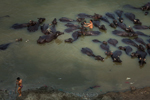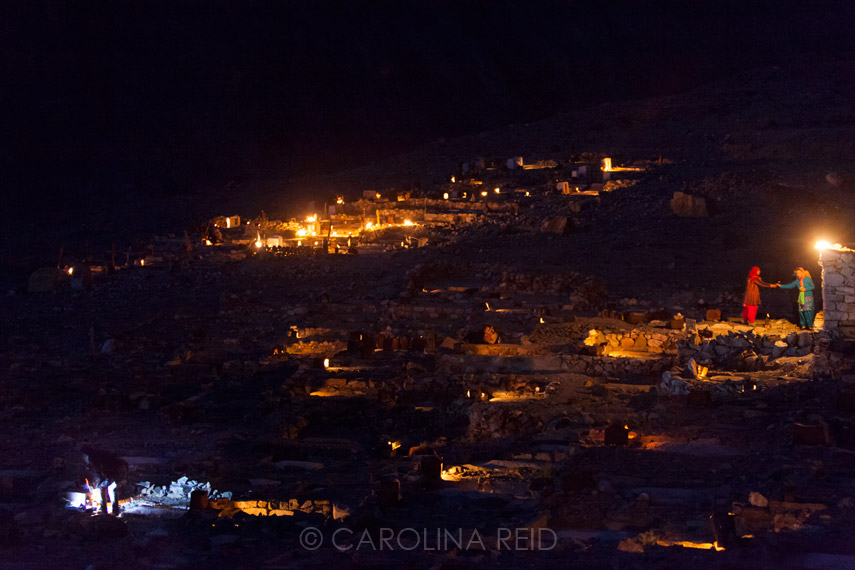Bundi, Rajasthan (July 2013)
One of the characteristic Brahmin-blue houses in Bundi, referred to as the Blue City in eastern Rajasthan. Cows are held sacred by the Hindus and are allowed to roam unfettered.
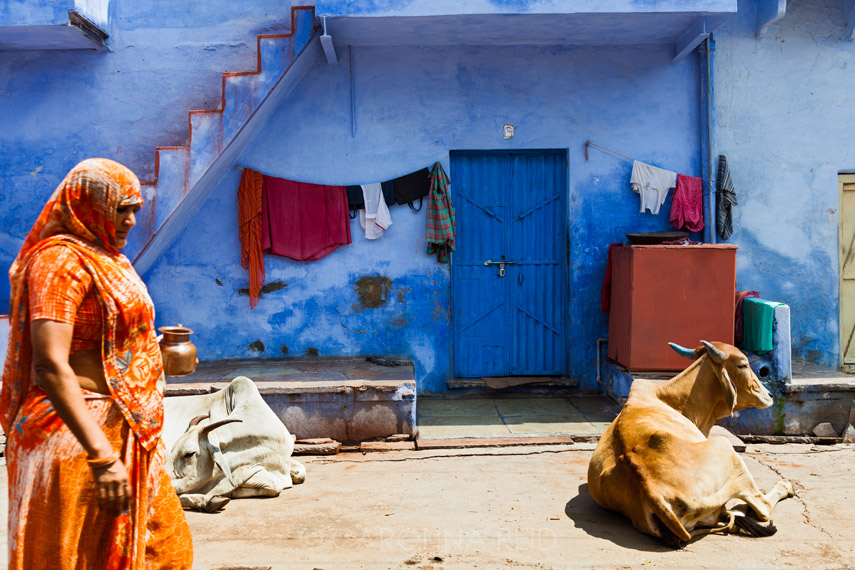

Hampi, Karnataka (June 2013)
In a village on the outskirts of Hampi, a baby boy takes an afternoon nap in a sarong suspended from the ceiling. He is wearing a bindi, a traditional forehead decoration applied between the eyebrows.
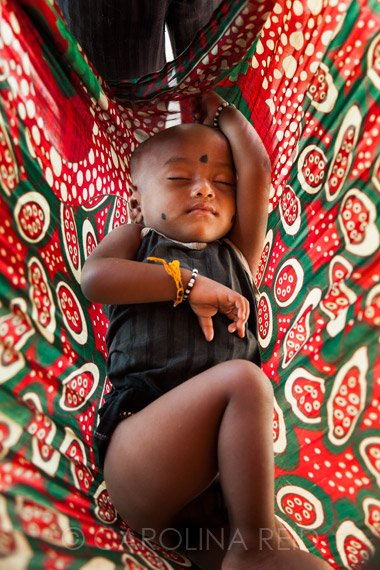

Bundi, Rajasthan (July 2013)
Bundi is a small city with a mixed Hindu and Muslim population and most of it is accessible by walking.
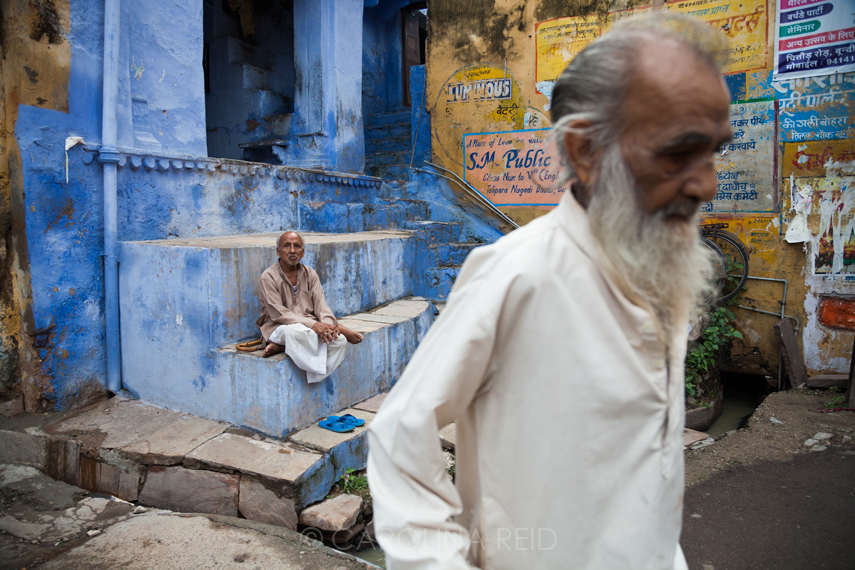

Hampi, Karnataka (June 2013)
In Hampi and the state of Karnataka, it is customary for residents to wear a traditional lungi at all times and for any occasion as the climate is hot and dry for most of the year.


Turtuk, Ladakh (July 2013)
There is a strong culture of sustainability in Turtuk and with an average of 320 days of sunshine per year, solar cookers are widely used for heating water.
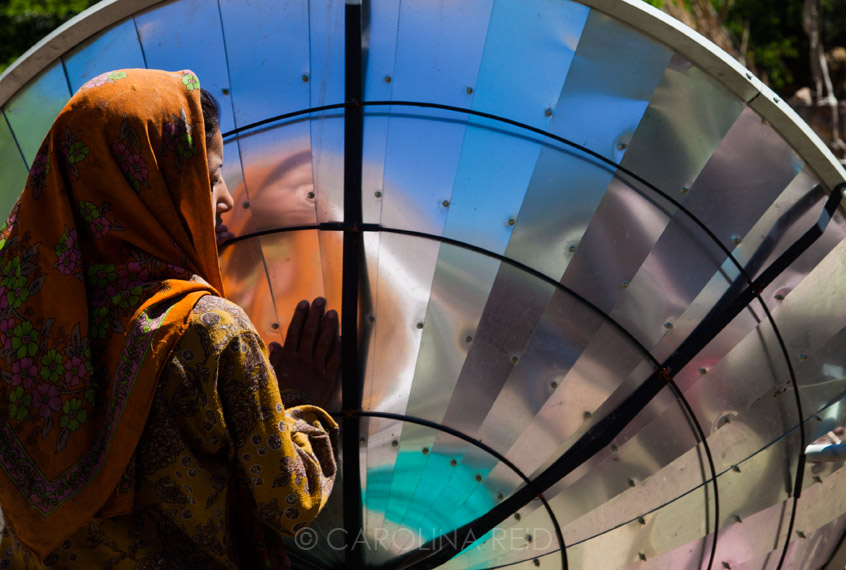

Turtuk, Ladakh (July 2013)
Although the village is still largely unaffected by tourism, a number of residents have converted their homes into guesthouses.
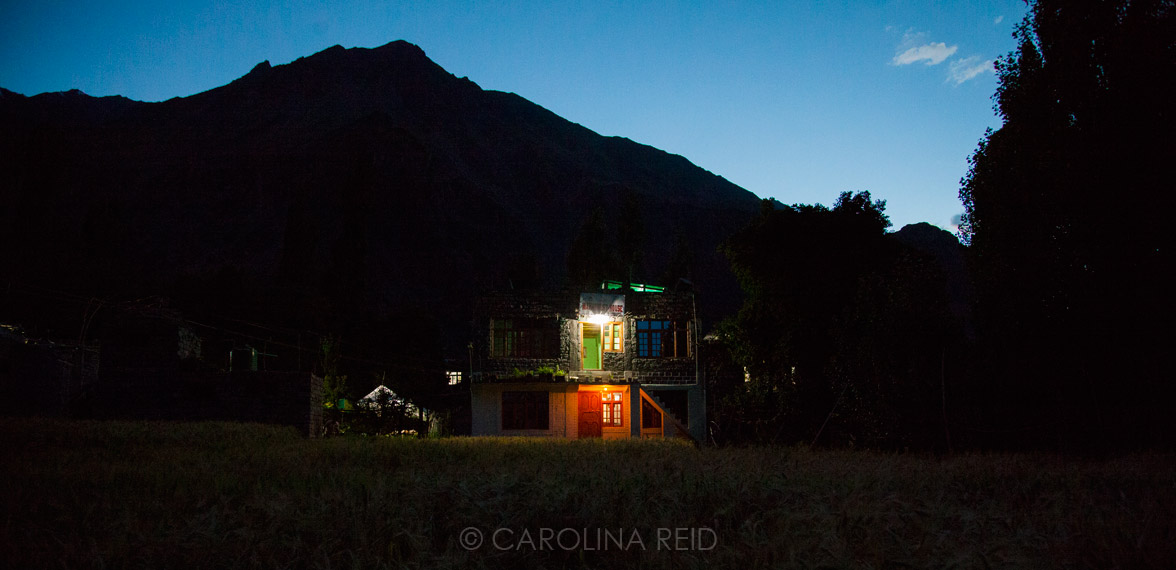

Turtuk, Ladakh (July 2013)
As well as house building, women in Turtuk engage in many heavy-duty tasks such as transporting water and carrying baskets laden with wheat and barley.


Turtuk, Ladakh (July 2013)
Hijabs are worn by all females after they’ve reached the age of puberty. It is fashionable in Turtuk for girls to sport pretty and colorfully patterned scarves.
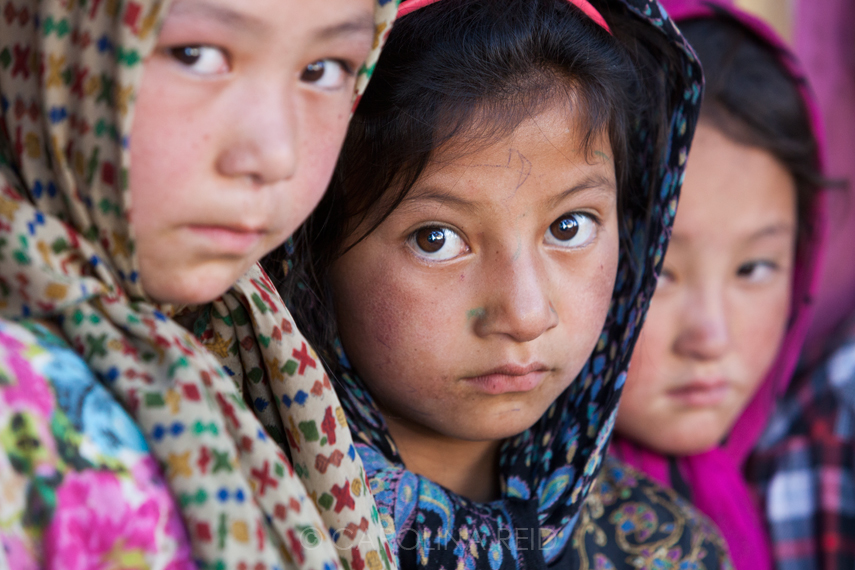

Turtuk, Ladakh (July 2013)
An old wooden bridge across a tributary of the Shyok River connects the two halves of the village, Youl and Farol. The 600 families are equally divided between the two sides.
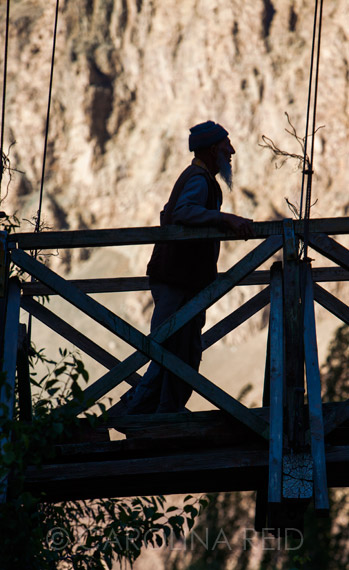

Tsmoriri Lake, Ladakh (July 2013)
A Changpa nomad woman removes the wool from one of her pashmina goats. Pashmina wool is the main source of income for the Changpas.
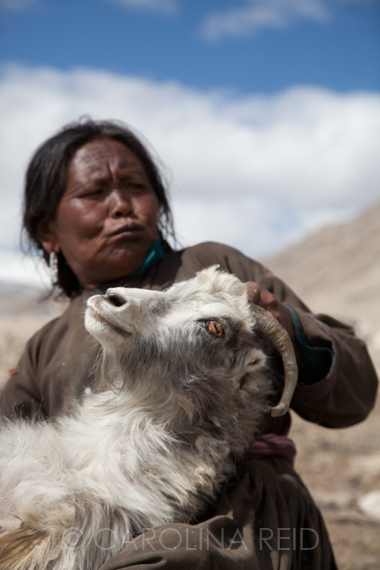

Varanasi, Uttar Pradesh (June 2013)
Visitors and boats gathering for the Ganga Aarti. This nightly ritual is held at the Dashashwamedh ghat where a group of priests perform Angi Pooja, a dedication to Lord Shiva, the Ganges, Surya (Sun) and Agni (Fire).

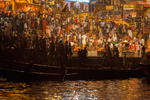
Hampi, Karnataka (June 2013)
A bride in traditional dress at her wedding in Hampi. Arranged marriages continue to account for an overwhelming majority of marriages in India.


Hampi, Karnataka (June 2013)
Relatives performing Dev Karya on the groom. This pre-wedding purification ritual consists of the application of Haldi, a tumeric paste to the bodies of the marriage couple, which is then washed off with water.


Delhi, Delhi (July 2013)
Khari Baoli, located in Old Delhi, is the largest spice market in Asia and has been operating continuously since the 17th century. The market is mainly wholesale though smaller customers are also catered for.
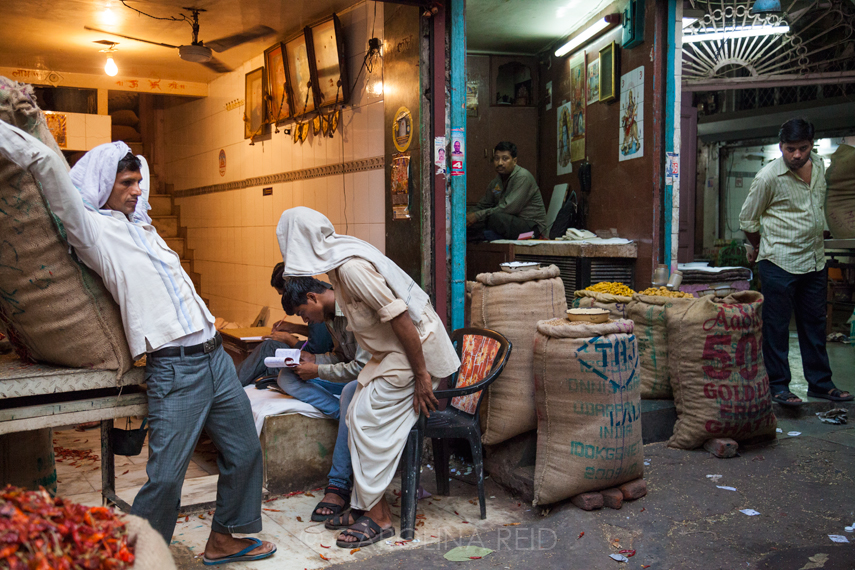

Jaipur, Rajasthan (July 2013)
An old lady attending a traditional Hindu wedding. The Hindus attach a lot of importance to marriages and the ceremonies are very colourful with celebrations often lasting for several days.
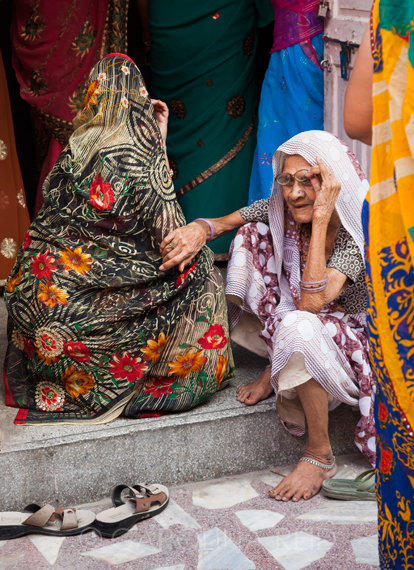

Turtuk, Ladakh (July 2013)
A woman and her son in the courtyard of their house. Turtuk houses are typically stone and wood, built around an internal courtyard like this.
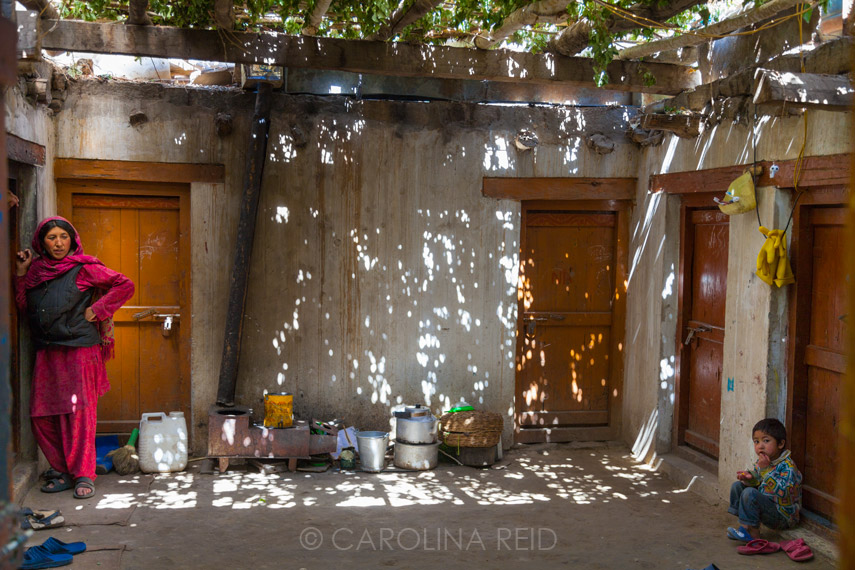

Turtuk, Ladakh (July 2013)
A girl in the courtyard of her family home. Most houses have wooden stairs which connect the ground floor to the rooftop.

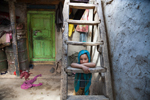
Turtuk, Ladakh (July 2013)
A worshipper entering the Youl mosque, built in 1690, for daily prayers. This particular sect is Nurbakshi, which began in Persia in the 15th century.


Turtuk, Ladakh (July 2013)
Turtuk’s inhabitants are fair-skinned and rosy-cheeked, leading some to believe they arrived in Ladakh with the armies of Alexander the Great on his expeditions into India.


Varanasi, Uttar Pradesh (June 2013)
Sadhus (holy priests) offer blessings to visitors to Varanasi in exchange for donations. To many Hindus, Sadhus serve as an earthly reminder of the divine, and may often take on the role of a healer.
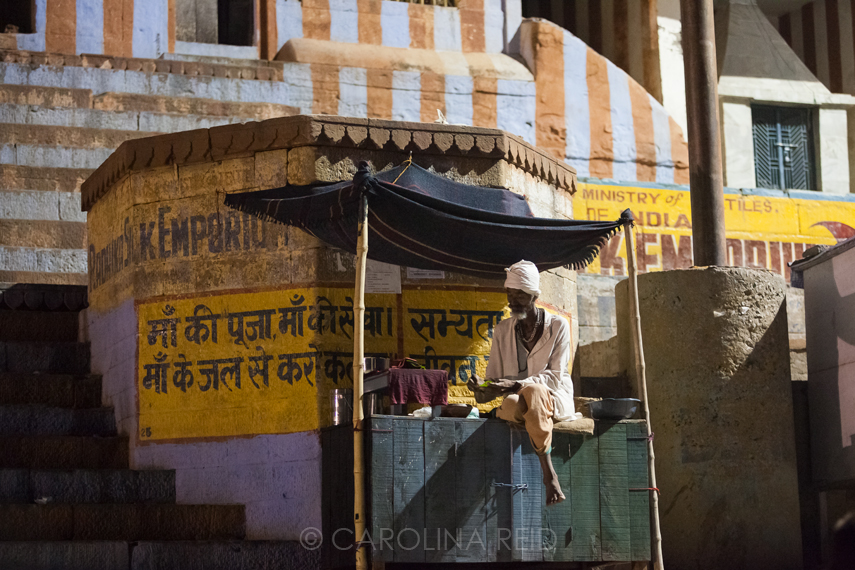

Turtuk, Ladakh (July 2013)
A girl in her school uniform waits to leave home with classmates while her grandfather plays with an old military phone.
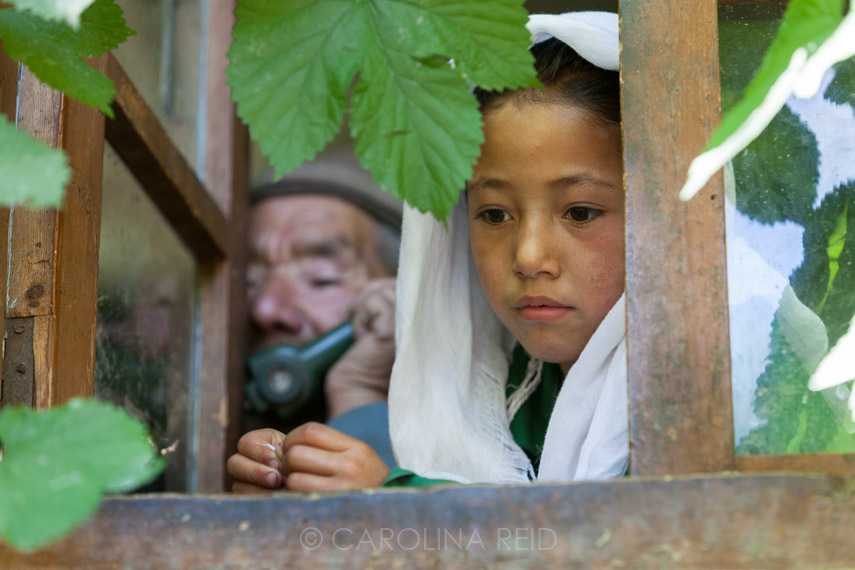

Varanasi, Uttar Pradesh (June 2013)
In Hinduism, the cow is revered as a source of food and a symbol of life and may never be killed. During festivals, cows are often decorated with necklaces and other jewelry.
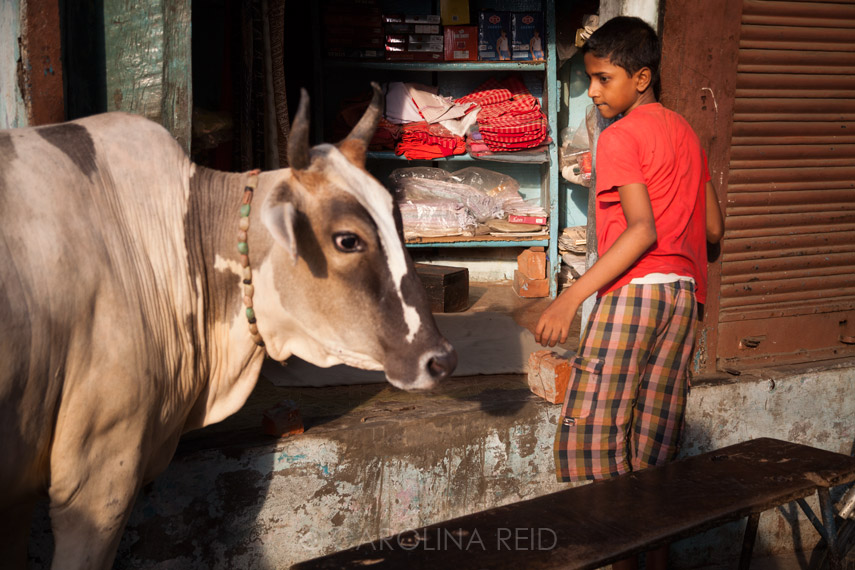

Varanasi, Uttar Pradesh (June 2013)
The Ganges is considered sacred and purifying to the Hindus. Locals use the river daily for a variety of different tasks, an example of which is the washing of water buffalos.

